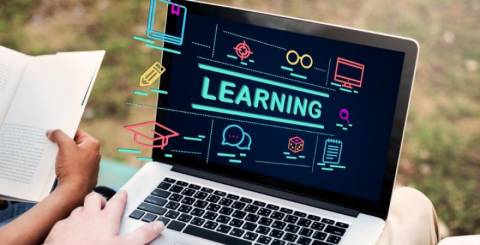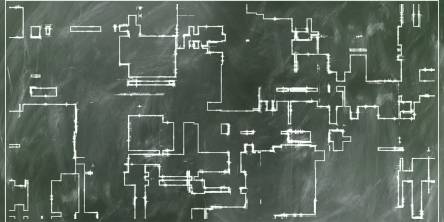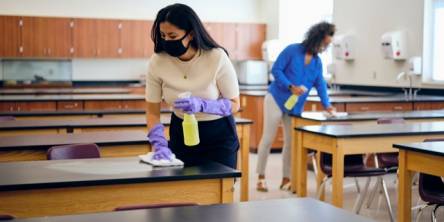Why Visual Learning Tools Like Whiteboards Are Reshaping Classrooms in 2025

Classrooms across Australia are rapidly evolving to meet the learning needs of the next generation. Among the most impactful changes is the strategic use of visual learning tools. In 2025, the humble whiteboard is no longer just a writing surface – it’s a dynamic centrepiece of collaboration, creativity, and communication in education.
Visual learners make up a significant portion of students, and modern pedagogical approaches emphasise multi-sensory engagement. Whiteboards enable educators to deliver concepts visually while encouraging students to contribute ideas, organise their thinking, and see the learning process unfold in real time.
The Educational Shift Toward Visual Communication
From primary classrooms to university lecture halls, educators are recognising that learners absorb information in different ways. While auditory methods still have value, visual learning tools like whiteboards are increasingly central to how lessons are delivered and understood.
This shift is supported by neuroscience. Visuals are processed 60,000 times faster than text, and studies show students retain up to 80% of visual content compared to just 10% of verbal information. For educators, this creates an enormous opportunity to integrate diagrams, mind maps, flowcharts, and sketches into daily teaching.
Encouraging Participation Through Visual Tools
One of the standout benefits of whiteboards is their ability to encourage inclusive participation. Unlike static slides or printed worksheets, whiteboards are interactive by nature. Students can physically write, draw, and annotate, allowing them to engage with the lesson content at a deeper level.
This is particularly valuable in classrooms with diverse learning needs. Visual tools help ESL students understand concepts without relying solely on language. Similarly, students with learning difficulties often benefit from structured visual cues to reinforce memory and sequencing.
Portable and Adaptable: The Rise of the Mobile Whiteboard
While fixed whiteboards are standard in most classrooms, the growing popularity of the whiteboard with stand has transformed how teachers use space. These portable tools allow educators to bring the board to the students, perfect for breakout sessions, group work, or reconfigurable learning environments.
Mobile whiteboards are also ideal for multi-use spaces, where flexibility is key. Whether in STEM labs, library zones, or collaborative corridors, teachers can set up temporary focus areas that support spontaneous creativity and structured instruction alike.
Fostering Collaboration and Problem Solving
Visual tools like whiteboards help students move beyond passive listening to active exploration. In subjects like mathematics and science, working through problems visually helps students map out logical steps and spot errors in real-time. In the humanities, visual brainstorming encourages creativity, argument planning, and essay structuring.
Group activities are also enhanced by shared visual spaces. Students can co-construct knowledge by contributing ideas in a visible format. This approach mirrors modern workplace collaboration, helping students build future-ready communication skills.
Designing Smart Learning Spaces for 2025
Whiteboards are playing a key role in broader education design trends. As schools shift toward agile and hybrid learning spaces, the demand for adaptable, writable surfaces is increasing. Classroom layouts are no longer dictated by fixed chalkboards at the front of the room. Instead, multiple whiteboard zones allow for differentiated learning experiences.
Teachers can divide students into groups, each using a board to solve challenges or track projects. Rolling boards can define temporary learning pods. In early years settings, whiteboards on easels support kinaesthetic learning by allowing younger students to physically engage with numbers, letters, and shapes.
Beyond the Classroom: Whiteboards in Higher Education
Universities and TAFEs are also investing in high-quality whiteboards and writable surfaces for their tutorial rooms, study pods, and labs. Students working on research, design thinking, or collaborative assignments benefit from having a shared visual workspace.
Moreover, whiteboards support the flipped classroom model, where students engage with content before class and use face-to-face time to explore ideas more deeply. With a whiteboard, tutors can guide discussions and clarify concepts as students visually unpack theories or data sets.
Sustainability and Smart Tech Integration
Many schools are choosing whiteboards over disposable teaching materials to reduce paper waste. Glass boards and premium magnetic surfaces are not only more durable but also easy to clean and reuse—an eco-conscious choice for environmentally aware institutions.
Some whiteboards are now integrated with digital tools, allowing users to capture content via mobile apps, link to cloud storage, or project content across multiple displays. While these innovations are still maturing, they represent the future of hybrid education environments.
Final Thoughts
As classrooms continue to evolve, visual learning tools like whiteboards are proving to be foundational—not supplementary—resources. From fostering inclusion and creativity to promoting collaboration and adaptability, the humble whiteboard has earned its place in every 21st-century learning space.
Whether wall-mounted or on wheels, whiteboards and the flexible whiteboard with stand are helping schools across Australia create smarter, more engaging, and future-proof classrooms in 2025 and beyond.
Similar Articles
When you walk into a well-designed building, everything feels organized. The floors are clean, the space is open, and nothing looks out of place.
Learn how offline video lessons boost focus, reduce distractions, and support flexible, self-paced learning—anytime, anywhere, without Wi-Fi.
How overseas education consultants adapt and thrive in a fast-changing global education landscape, guiding students to success abroad.
Learn how an online MBA in finance boosts career prospects, salary potential, and work-life balance—without putting your job or lifestyle on hold.
Educational institutions are more than just classrooms—they’re dynamic environments filled with constant activity, high foot traffic, and evolving health and safety needs
Climbing the career ladder today means constantly upgrading your skills, but putting your job on hold to go back to school isn't an option for most professionals.
A safe learning environment is essential for students to thrive academically, emotionally, and socially. When children feel secure and comfortable in their surroundings, they are more likely to engage in learning, express themselves confidently, and build positive relationships with their peers and teachers
Explore the vital role of education specialists in modern learning environments, their challenges, key skills, and how technology shapes their impact on diverse student needs.
Choosing the right school for your child or yourself is a significant decision that can impact academic success and future career opportunities. One of the tools that many parents and students rely on is school rankings.









